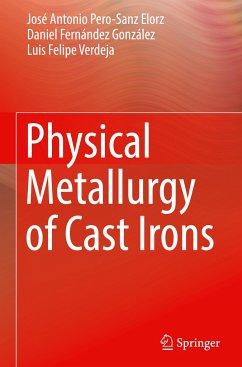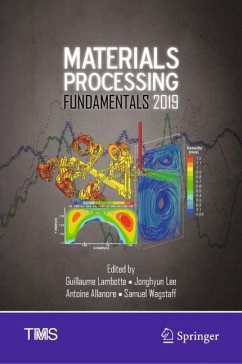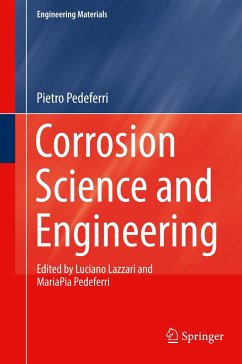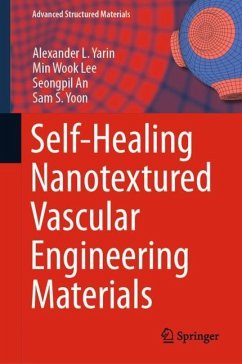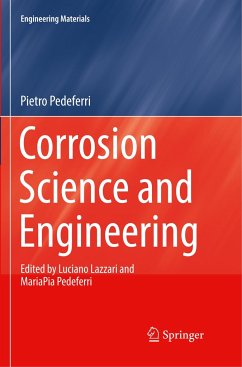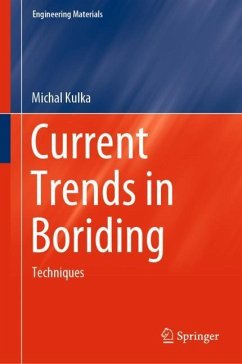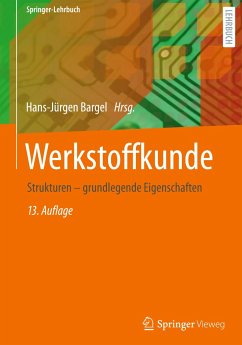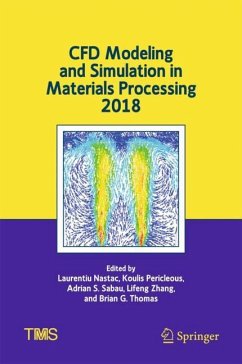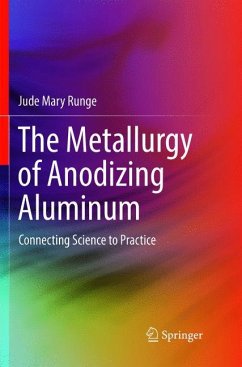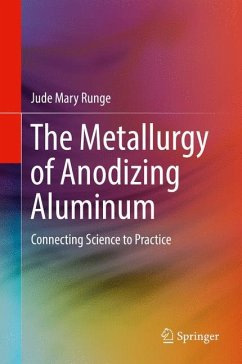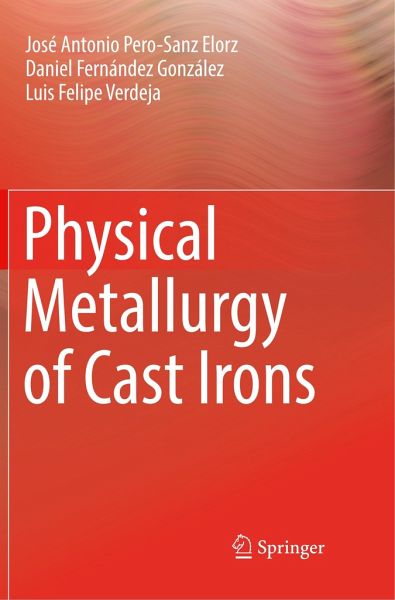
Physical Metallurgy of Cast Irons
Versandkostenfrei!
Versandfertig in 6-10 Tagen
68,99 €
inkl. MwSt.
Weitere Ausgaben:

PAYBACK Punkte
34 °P sammeln!
This textbook focuses on cast irons, the second material in production and consumption after steel. The authors describe the Fe-C stable and metastable diagrams from the physical-chemical metallurgy point of view. The main properties of cast irons are presented and justified for all kinds of cast irons: low cost, excellent castability, mechanical properties depending on the graphite morphology (gray irons) and high wear resistance (white irons). The physical metallurgy of highly alloyed cast irons is also described, particularly that one of those used as a consequence of their abrasion, corros...
This textbook focuses on cast irons, the second material in production and consumption after steel. The authors describe the Fe-C stable and metastable diagrams from the physical-chemical metallurgy point of view. The main properties of cast irons are presented and justified for all kinds of cast irons: low cost, excellent castability, mechanical properties depending on the graphite morphology (gray irons) and high wear resistance (white irons). The physical metallurgy of highly alloyed cast irons is also described, particularly that one of those used as a consequence of their abrasion, corrosion and heat resistance. The book presents exercises, problems and cases studies, with different sections dedicated to the molding practice. The book finishes with the production cast irons in the cupola furnace. This concise textbook is particularly of interest for students and engineers that work in industries related to cast irons.



